The Esteemed Gentleman Articles
How To Properly Test Fragrances Before Buying
Learning how to properly test fragrances before buying them can save you not only money, but also bringing home a fragrance you may never wear again.
Wearing a fragrance is something every refined gentleman should do. You will smell great all day and set yourself apart from the majority of people who don't wear fragrances. In another article, we listed 9 Important Reasons To Wear A Fragrance. Be sure to read it after this article to see all the powerful ways fragrances can improve your style.
In this article, we will review two different methods of testing fragrances, the pros and cons of each, and some helpful tips to help you make the best decision when it comes to purchasing a new fragrance for your collection.
The two methods of testing fragrances are paper blotters and spraying your skin.
How To Use Paper Test Strips (Blotters)
These are small pieces of paper card available in most fragrance departments. They may feature the name of a fragrance designer or of the store you're shopping in, or they may be blank. Typically, they are shaped like a business card cut in half lengthwise or a collar-stay, or they are tapered at one end for easy insertion into a perfume bottle lacking an atomizer.
Pros Of Using A Paper Blotter When Testing Fragrances:
Paper blotters work best if you are testing multiple fragrances. They are great for comparing multiple fragrances. If you try a fragrance and decide you don't like it, you can dispose of the blotter and move on.
A Quick Note On Flankers
Some fragrance brands (often referred to as "houses") will have entire lineups based off a main fragrance. These are known as "flankers". Flankers can be thought of as brothers and/or sisters of the main fragrance. They typically contain the main accords of the original fragrance combined with some new notes to add appeal or character. Brands with many flankers include:
- Gentleman/Gentlemen by Givenchy
- Spicebomb by Viktor & Rolf
- Le Male by Jean Paul Gaultier
Using paper blotters is a great way to quickly sniff all the different flankers in a collection. While two bottles of the same flanker may look similar, they can smell dramatically different.
Cons Of Using A Paper Blotter When Testing Fragrances:
The downside of using paper blotters to test fragrances is that the fragrance will not be able to develop the same way it would on your skin. Your skin produces heat and has its own oils that mix with the oils in a fragrance, allowing the scent to develop over time.
Since paper is physically and chemically different from skin, the fragrance cannot develop the same way it would on your skin, and you may only be able to experience the top notes and possibly some middle notes, but not the base notes of a fragrance.
How To Use Paper Blotters
1. Spray the fragrance 4-6" away from the blotter in a downward motion in front of you.
2. Gently wave the blotter back and forth a handful of times.
3. Bring the blotter close to your nose and inhale normally.
4. Move the card back and forth from your nose to experience all the notes in the fragrance. Be sure not to breathe too closely or you may overpower the scent receptors in your nose.
How To Test Fragrance On Your Skin
Once you have decided which fragrance suits your fancy, the second test is to apply it to your skin. Testing on your skin will show you how the fragrance develops over time. Like we mentioned earlier, the fragrance will mix with your natural heat and oils, and you will be able to fully experience the fragrance.
Pros Of Testing Fragrance On Your Skin:
Testing a fragrance on your skin will give you the full experience of the fragrance and allow you to wear it for a day before deciding if you like it enough to purchase it. Fragrances will develop and change over time, so give yourself ample time to discover all its nuances.
Ask trusted friends, family, and loved ones what they think of it and what they can smell. Everyone's noses are different, and they may pick up something you didn't.
Cons Of Testing Fragrance On Your Skin:
If you apply a fragrance directly to your skin, you cannot wear another fragrance at the same time. Once you have sprayed yourself, you are dedicated to that fragrance until you either wash yourself or wait for it to completely fade.
How To Properly Test Fragrance On Your Skin
3. Bring your hand up close to your nose and inhale.
4. If you are interested in finding out how the fragrance develops on your skin, refer to step 3 every few minutes. The oils in the fragrance will mix with the heat of your body and change over time.
Fragrance Testing Tips To Remember
Always ensure your hands are clean before handling or testing fragrances. No one wants to pick up a greasy or sticky bottle after you've used it. This also applies if you are testing a fragrance on your skin. You may have residual dirt on your hands that may alter the scent you just sprayed on.
Don't wear other fragrances while testing new ones. This will alter the scents of any fragrances you spray on yourself or on a blotter.
Test fragrances in the morning. You will have more energy and will be able to pick out subtle notes you may miss if you are meandering into the store after a 12-hour shift and thinking about food.
Neutralize your nose between testing different fragrances. Fragrance retailers may have glasses of coffee beans for you to sniff as a palate cleanser. Some argue that this doesn't work as effectively as previously claimed, but there are other cleansing options including stepping outside for some fresh air, taking a quick walk through the store away from fragrances, or smelling citrus (but you may look weird carrying a lemon around in your pocket).
If you start to feel light-headed or have a headache, stop immediately and get some fresh air. Overloading your olfactory senses can be detrimental, especially if you are prone to fainting or becoming nauseous.
Summary
Testing fragrances before buying can help you avoid buyer's remorse or wearing a fragrance that doesn't suit you. Walking through the steps outlined in this article will provide you with enough information for you to decide if you like a fragrance enough to purchase it or leave it on the shelf.
If you want to learn about some fragrances we recommend, we have an entire page dedicated to reviews which you can read here.
When you subscribe to the article, we will send you an e-mail when there are new updates on the site so you wouldn't miss them.

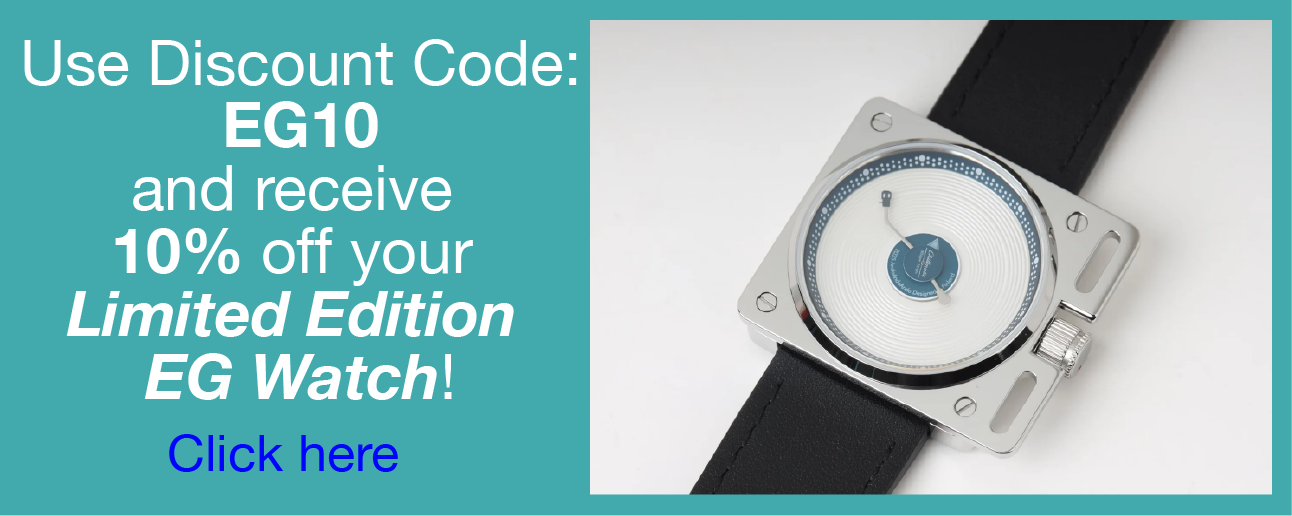

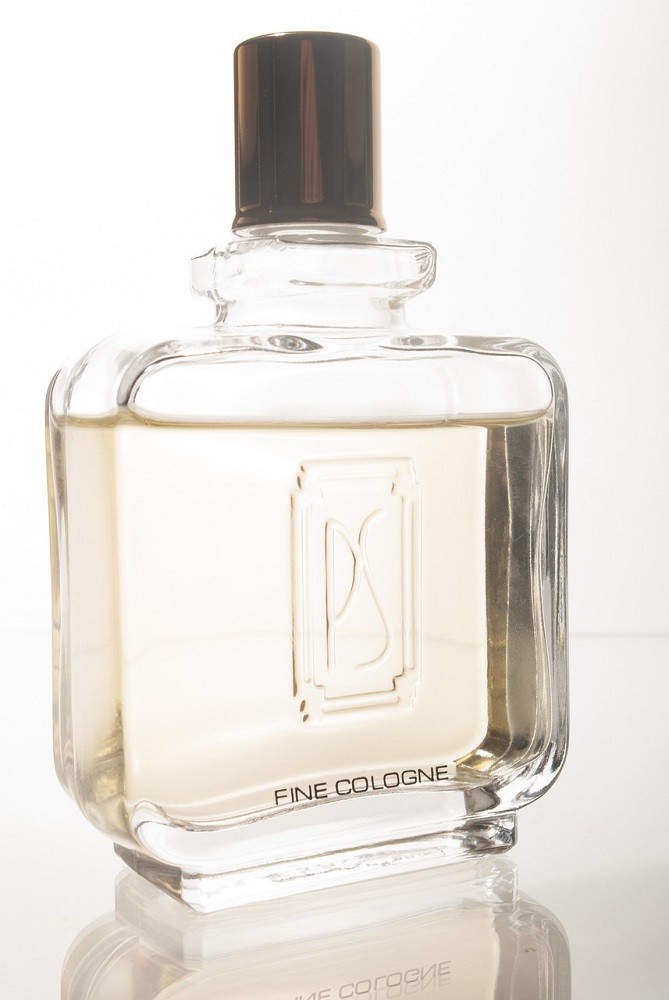
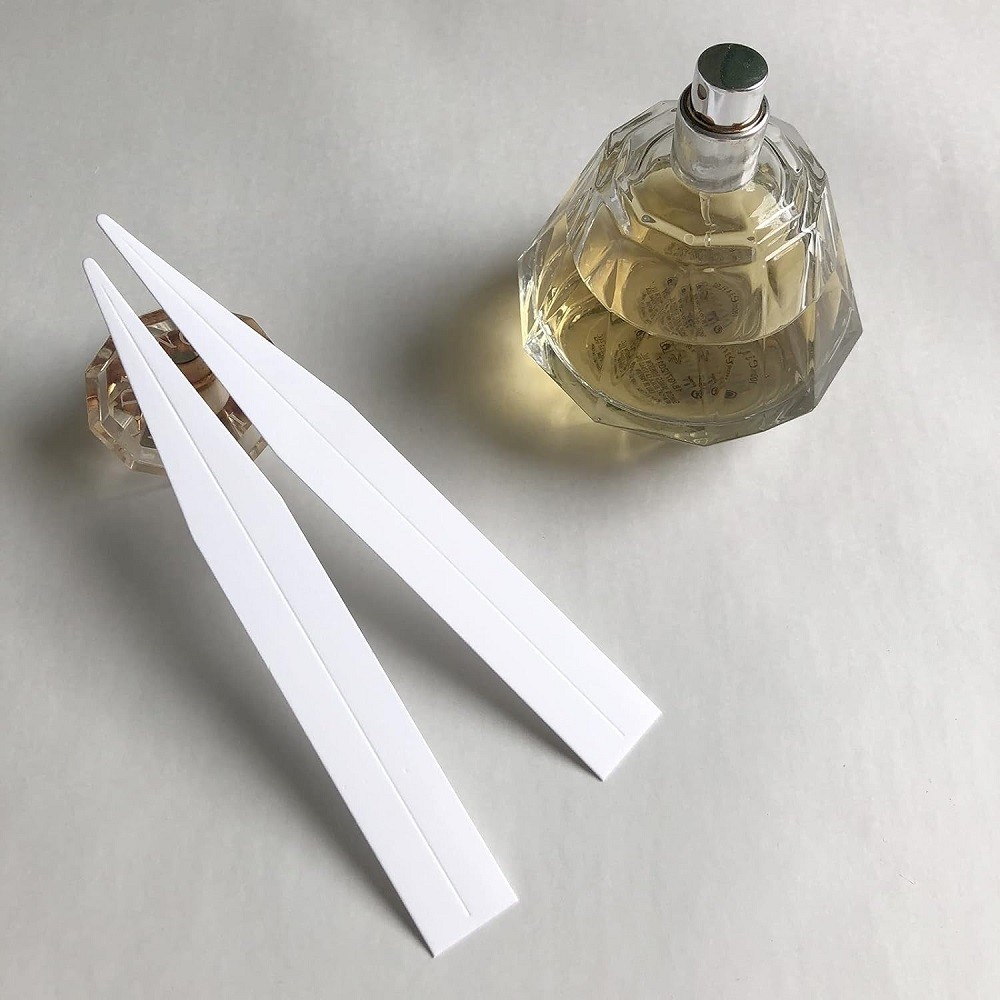
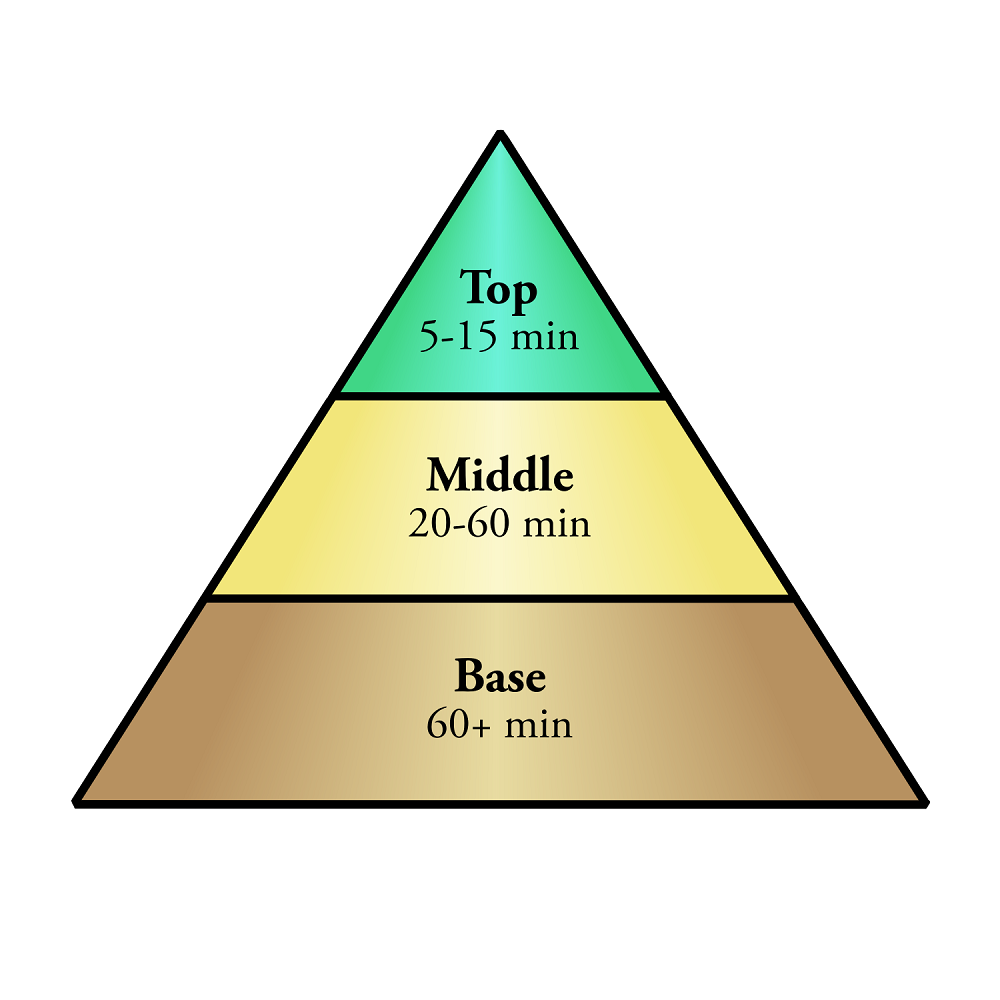
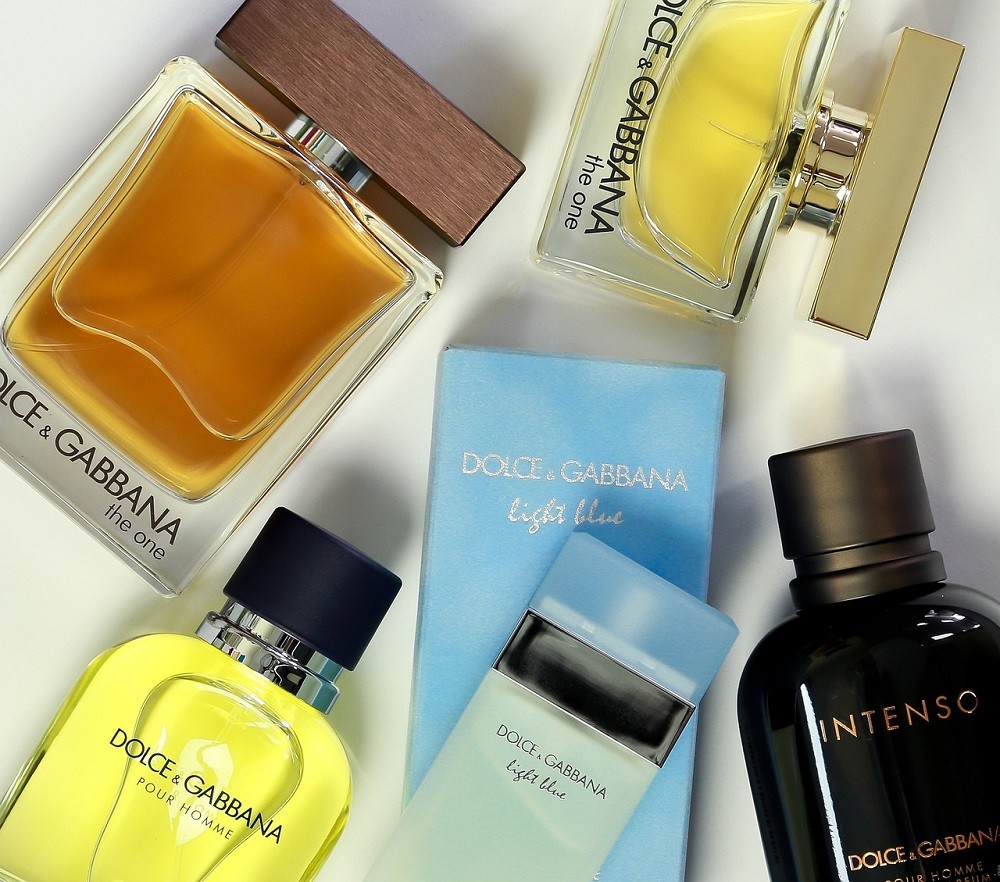


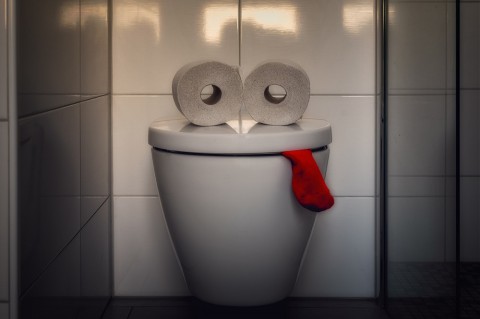
Comments